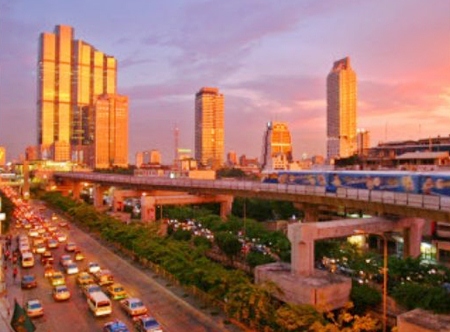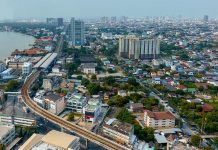BANGKOK, Dec 25 – Thailand’s gross domestic product (GDP) this year will be higher than the original target of 5.5 per cent due to increasing consumption and investment in the private sector, according to a senior Finance Ministry official.
Somchai Sujjapongse, director general of the Fiscal Policy Office, said private consumption reached 5.2 per cent – a historic record in eight years. The highest consumption growth in the past was only 3-4 per cent.

With a rocketing result this year, the GDP next year should slow down to 4-5 per cent, contributing to a more balanced economy compared to this year, he said.
State investment, increased exports, private consumption and investment will be the driving factors for the country’s economic growth, Mr Somchai said.
He said Thailand’s economy will stabilise next year, whether according to the inflation rate or international reserves, while financial institutions will be strong this year and next year thanks to the average Bank of International Settlements (BIS) ratio at 15 per cent, much higher than the imposed BIS ratio of 8.5 per cent. Commercial banks’ non-performing loans are only 2 per cent and revenue growth is satisfactory, he said.
The improved global economy and Thailand’s increased exports will partly contribute to a projected 5 per cent economic growth next year while the core driving factors will be the state’s massive investment of up to Bt2 trillion (about USD65 billion) in transport infrastructure and spending on water management which was delayed this year.
Mr Somchai said at least Bt100 billion (more than $3 billion) will be injected into the economic system next year now that bid winners of various state projects have been announced.
He pointed out that several external factors may impact Thailand and need to be closely monitored, including the global economy, the Sino-Japanese conflict in the South China Sea, general elections in Germany and Italy, the United States’ launching of quantitative easing, or QE3 and QE4, and the strong Japanese currency which led to money flow into Asia and Thailand.




